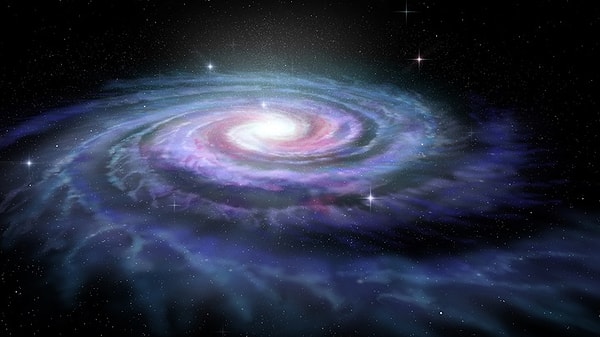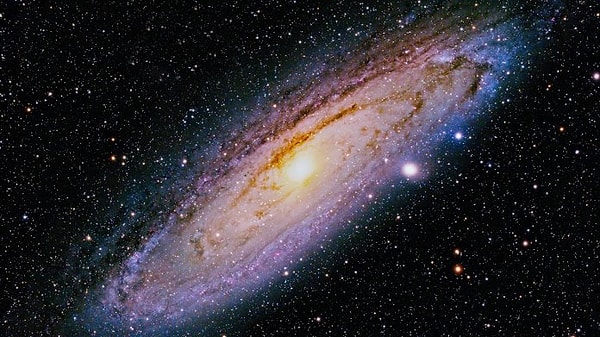Scientists Successfully Create the Most Detailed Simulation of the Milky Way
Scientists have made a striking simulation that reveals the structure of the Milky Way with an unprecedented level of detail. Thanks to a new computational technique capable of accurately tracking the galaxy's evolution over thousands of years, it was possible to individually model more than 100 billion stars in this study. This work represents a significant breakthrough in our understanding of the cosmos.
Scientists have managed to meticulously model the approximately 10,000-year evolution of the Milky Way Galaxy by individually examining over 100 billion stars that constitute it.

An international research team has developed a new computational method, powered by artificial intelligence, to make this colossal task feasible. This method has pushed beyond the scope and speed of previous models, enabling them to resolve the galaxy down to almost star-level detail.
Galaxy Modeled Star by Star
Until now, it was not possible to realistically account for the behavior of individual stars in galaxy simulations. This is because processes operating on vastly different time scales, such as element formation, supernovae, gas movements, and gravity, had to be modeled simultaneously. In the new study, this hurdle was overcome by combining physical simulations with a deep learning model.
This AI model was trained with high-resolution data to understand the behavior of gas expansion over a hundred thousand years after a supernova. As a result, the system can now mimic large-scale changes in the galaxy much more quickly and accurately.
100 Times More Detailed and 100 Times Faster Than Its Predecessors

Previously, the best models could only provide resolution up to a billion solar masses. Therefore, it was impossible to delve into the star scale in massive galaxies like the Milky Way. Thanks to the new technique, researchers have seized the opportunity to test astrophysical models by running a simulation representing all the stars in the galaxy.
A Billion Years in 115 Days
With traditional methods, completing such a simulation would have taken decades. In the new system, however, a process of one million years requires only 2.78 hours of computation. This means that approximately a billion years of galactic evolution can be modeled in just 115 days.
Researchers point out that this approach could revolutionize not only cosmology, but also fields requiring multi-scale computation, like climate research. Simulating the Milky Way in such detail paves the way for a new era in understanding how the universe was shaped.
Keşfet ile ziyaret ettiğin tüm kategorileri tek akışta gör!

Send Comment